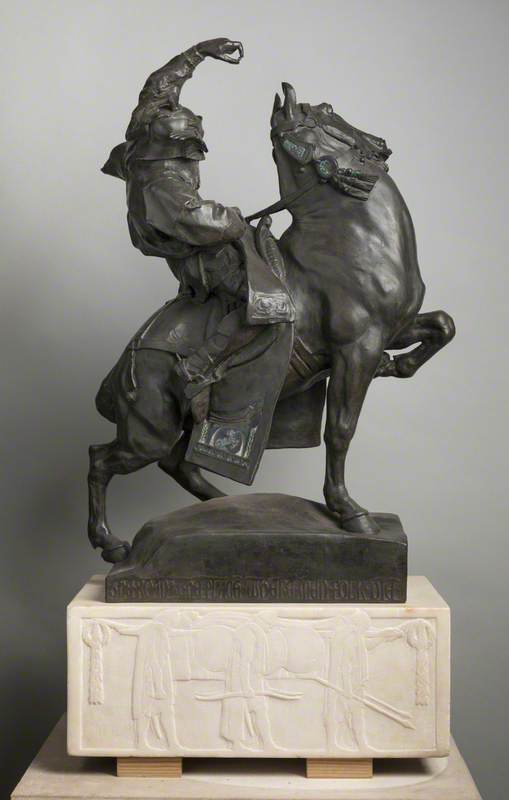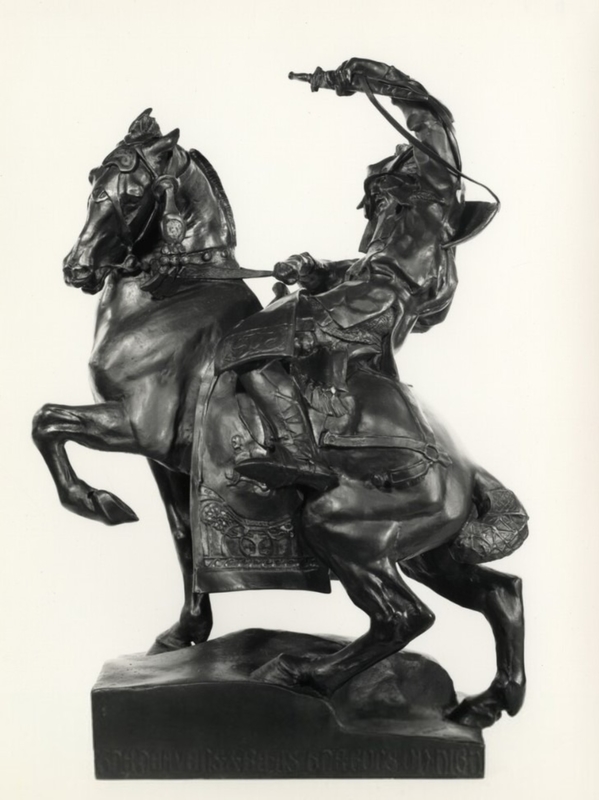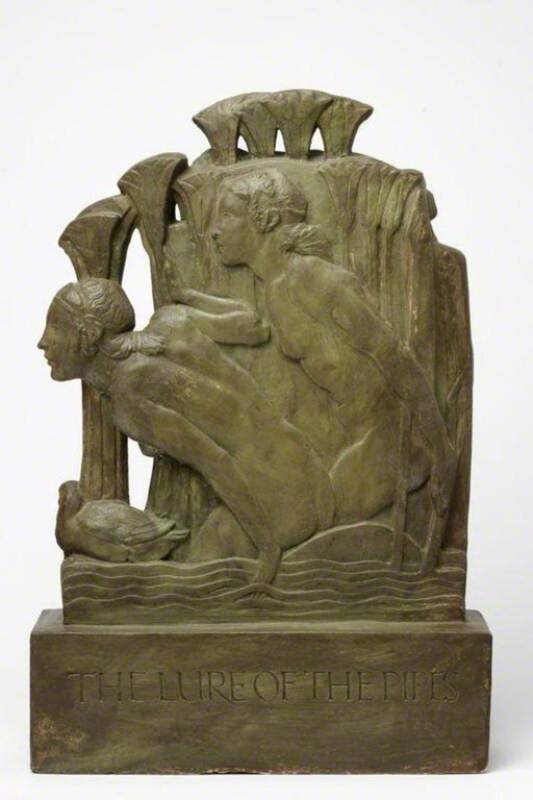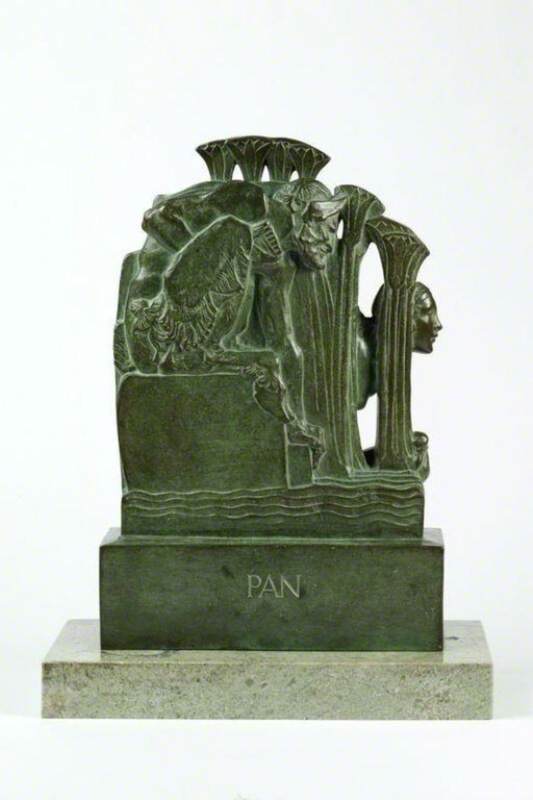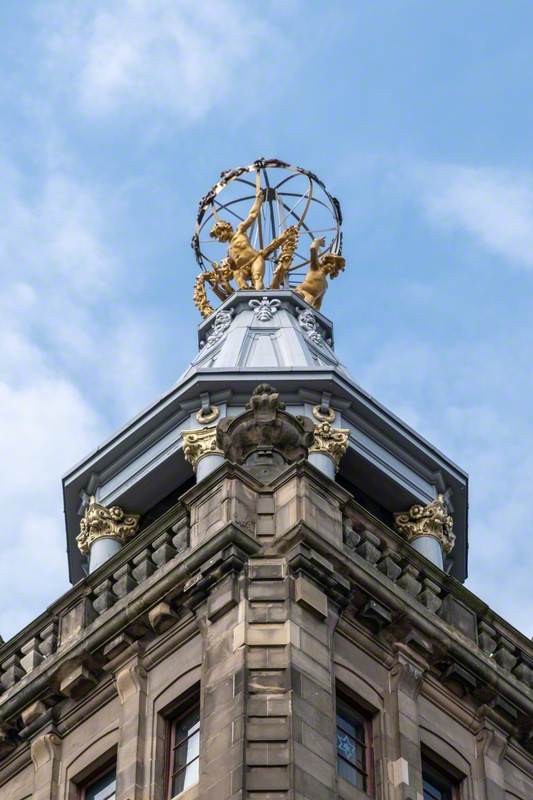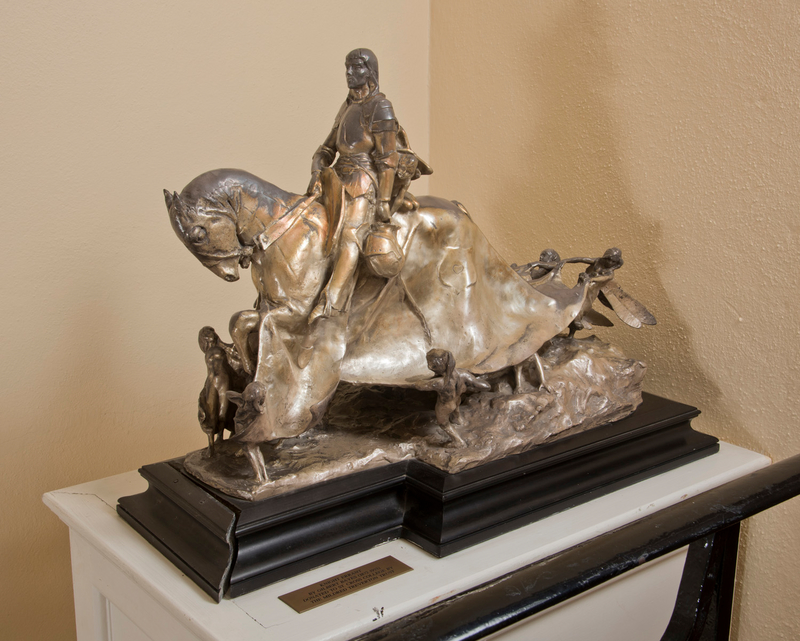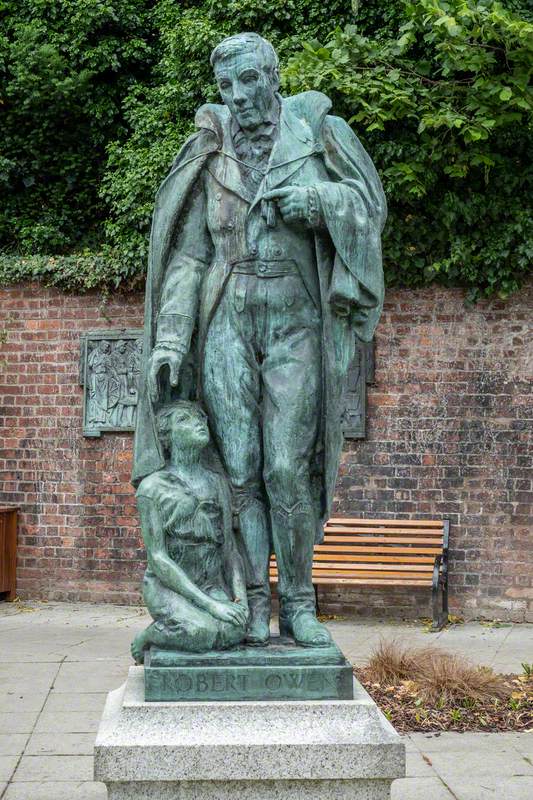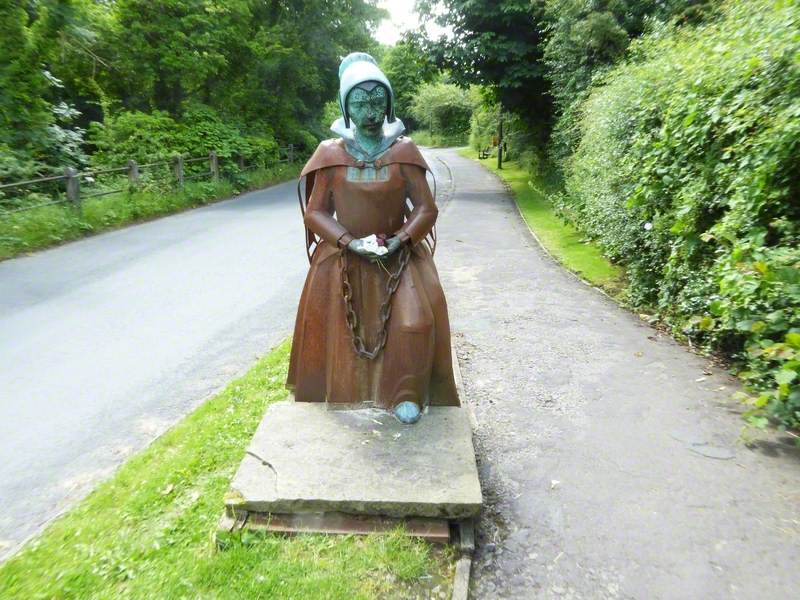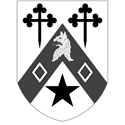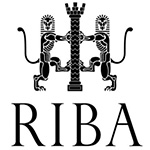Gilbert William Bayes [commonly known as Gilbert Bayes] was born in St. Pancras, London, England, on 4 April 1872. His father was the painter and engraver Alfred Walter Bayes (1832-1909). His brother Walter John Bayes (1869-1956), was also a painter. Gilbert Bayes studied at the City of Guilds Technical College in Finsbury, London; and at the Royal Academy Schools in London (1896-99), where he won the Gold Medal and Travelling Scholarship in 1899, enabling him to continue his studies in France and Italy. He subsequently worked as a sculptor, primarily in bronze, designer of monuments, and ceramic artist. He was a leading figure in the 'New Sculpture' movement
Bayes participated at the Exposition Universelle et Internationale in Paris in France in 1900, at which he was awarded an Honourable Mention; the Exposition Internationale des Arts Décoratifs et Industriels Modernes in Paris in 1925, where he won a gold medal and a diploma of honour; and the Salon des Artistes Français in Paris between 1922-30, where he received an Honourable Mention in 1922. He also exhibited at the International Society in London; the Royal Society of Artists in Birmingham, England; Dudley Gallery in London; Grosvenor Gallery in London; Glasgow Institute of the Fine Arts; Goupil Gallery in London; the Walker Art Gallery in Liverpool, England; Manchester City Art Gallery in Manchester, England; the New Gallery in London; the Royal Society of Portrait Painters in London; the Royal Academy in London; the Royal Society of British Artists in London; the Royal Institute of Painters in Water Colours; the Royal Miniature Society in London; and the Royal Scottish Academy in Edinburgh.
Bayes designed several medals and trophies, including the Great Seal of King George V and the Segrave Trophy (1930). Notable among his other works were a statue of Joseph Priestly for Sir John Burnet’s Institute of Chemistry in Russell Square, London (1914); the rood at St. Mary's Church, Primrose Hill, London (c.1914); a war memorial for Albion Gardens in Ramsgate, Kent (1920); the Todmorden war memorial near Todmorden, West Yorkskshire (1921); the National War Memorial in St. John's, Newfoundland and Labrador, Canada (with Ferdinand Victor Blundstone, 1924); the 'Queen of Time' Great Clock at Selfridges Department Store in London (c.1925); exterior friezes for Broadcasting House in London (1931); a ceramic frieze entitled 'Drama through the Ages' for the Saville Theatre [now the Odeon cinema, Covent Garden] in London (1931); a stone relief of sporting figures outside Lord's cricket ground in London (1934); relief panels for the exterior of the Commercial Bank of Scotland in Bothwell Street, Glasgow (1934-35); a frieze entitled Pottery through the Ages' for Royal Doulton House in London (1939) [now in the Victoria & Albert Museum in London]; and 'The Offerings of Peace' and 'The Offerings of War', two equestrian statues outside New South Wales Art Gallery in Sydney, New South Wales, Australia.
He was elected a member of the Art Worker's Guild in in 1920 and was Master of the AWG in 1925. He was also elected to the Royal Institute of Painters in Water Colours (RI) in 1918. Between 1939-44 he was president of the Royal British Society of Sculptors
Bayes died in London on 10 July 1953. His work is in the permanent collection of the Tate Gallery in London; and the Victoria & Albert Museum in London, where they have named the Gilbert Bayes Sculpture Gallery in his honour.
Text source: Art History Research net (AHR net)
